Jonathan Lum
Advisor: Lancelot Coar
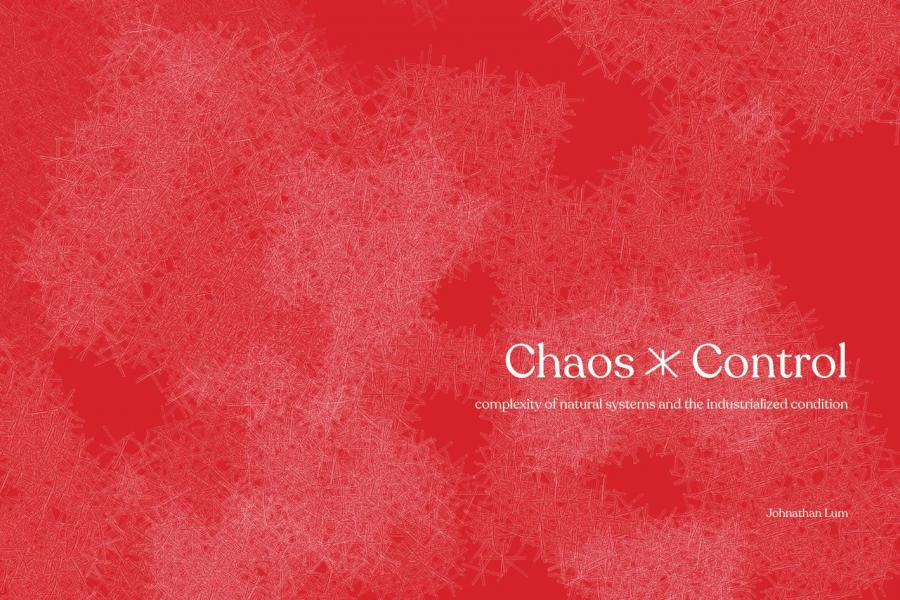
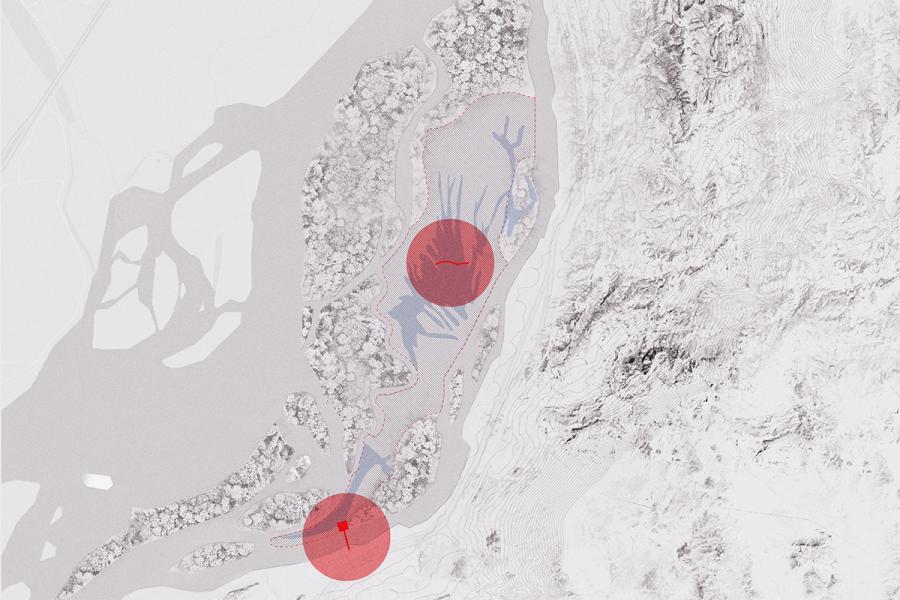
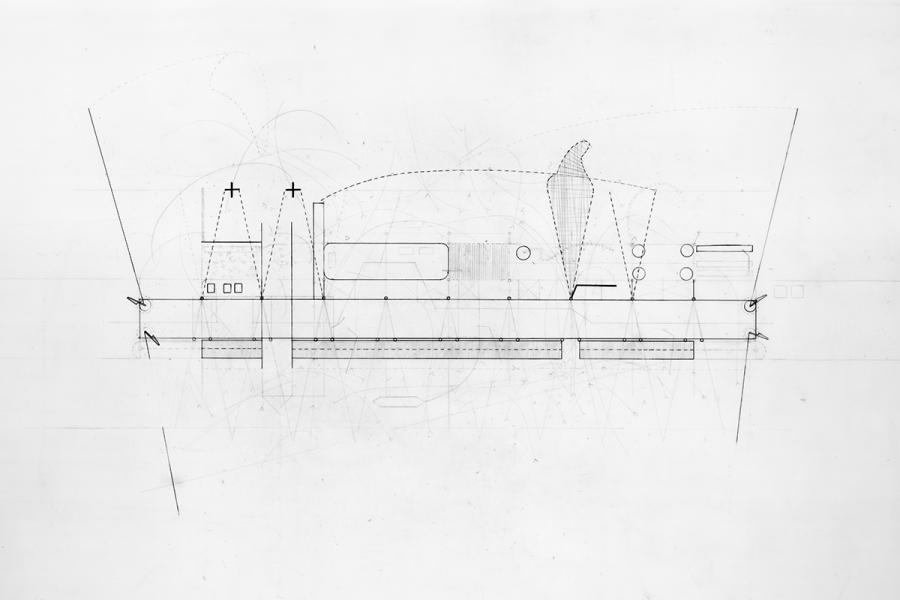
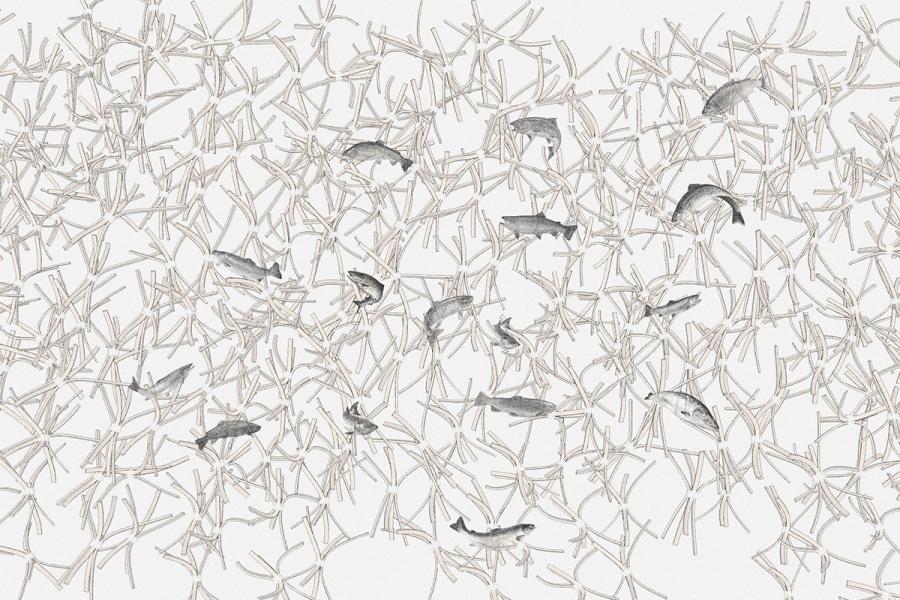
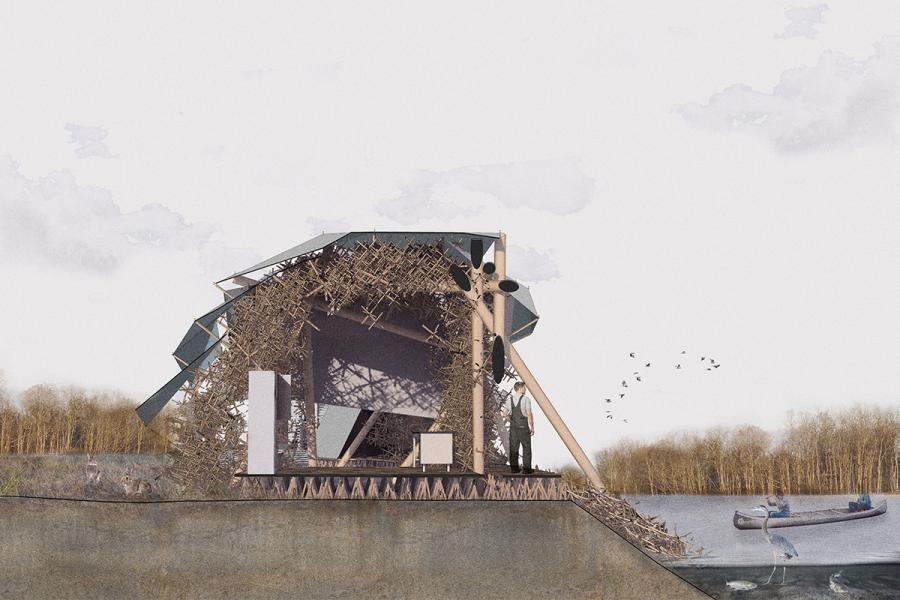
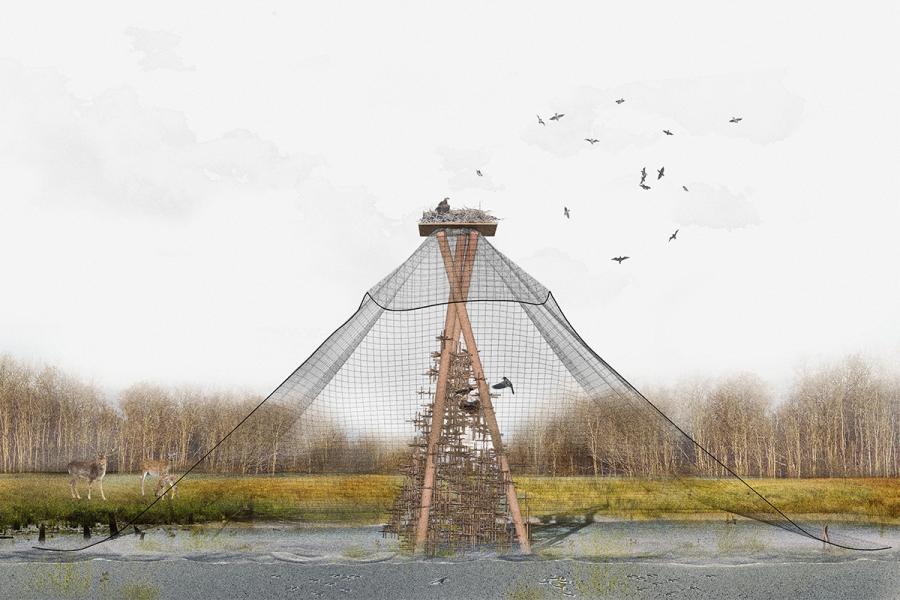
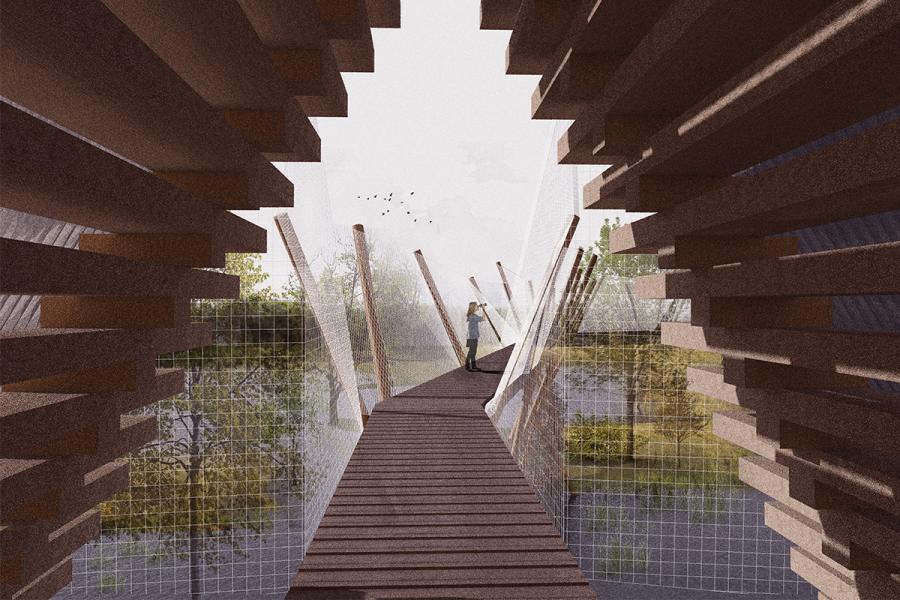
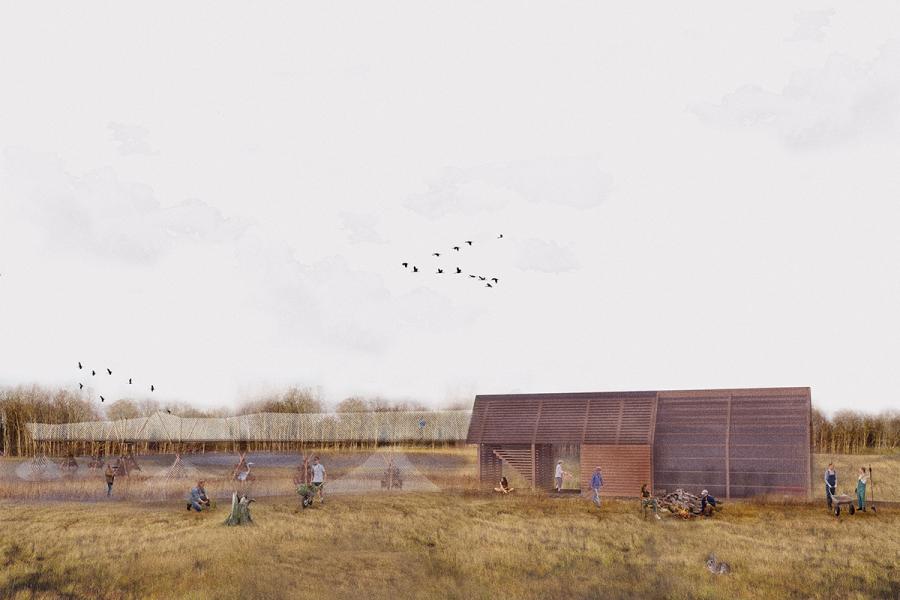
Chaos & Control: Complexity of Natural Systems and the Industrialized Condition
Since the industrial revolution, Western societies have become accustomed to think and work in prescriptive ways that have conditioned us to rely on a static understanding of materials and a false sense of control within the built realm. This illusion of material control has constructed a framework of rigidity that is largely based on our design processes and methods of analysis that strictly define and generalize how we should use these materials. This often results in a muted uniformity as opposed to expressive elements that possess their own innate dynamic characteristics. Contemporary construction practices derived from this logic of formal dominance have yielded building systems that require extensive amounts of energy to construct, material to be used, and result in a material system that is incompatible with the natural dynamic nature of the environment and the forces of entropy that all structures must contend with. It is for those very reasons that I believe in order to combat the current environmental crisis we are faced with, contemporary approaches to the built condition and minor iterative changes are no longer sufficient. It is clear that we need to explore more radical architecture and methodologies toward building.
My thesis is situated on Herrling Island which is the last undiked island within the Fraser River. Extensive clear cutting on the island has jeopardized crucial natural habitats important to the local ecosystem. My proposed interventions will serve as an opportunity to explore the role of architecture as regenerative elements that blur the threshold between natural systems and our contemporary industrialized methodologies. Rather than working within idealized preconceptions, I will be inviting the chaos of natural systems to inform the architecture in order to subvert our human biases. Each intervention advocates a switch towards more soft and holistic systems that return us to more intuitive ways of working and processes of reciprocity that embraces the sensitivities of a site. Perhaps it is by working within this state of chaos, vulnerability, and improvisation where we can discover systems that are more flexible, active, and have the ability to evolve to better challenge contemporary problems.
